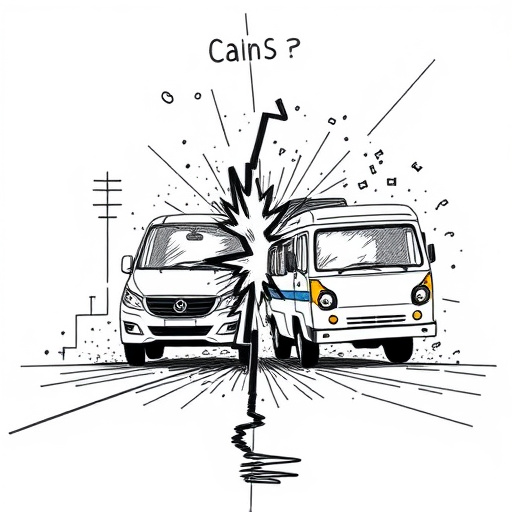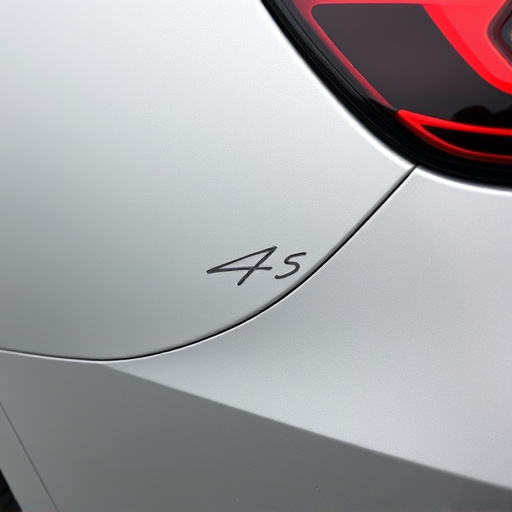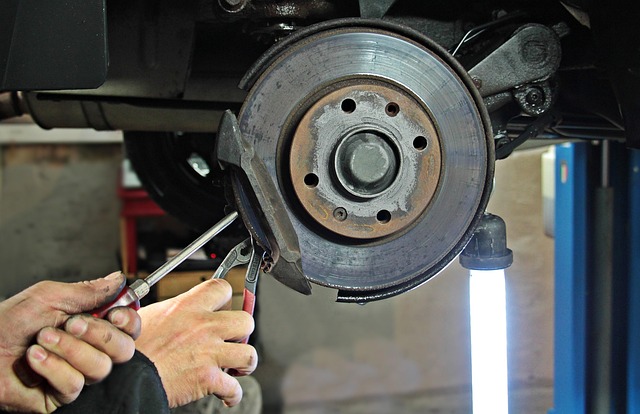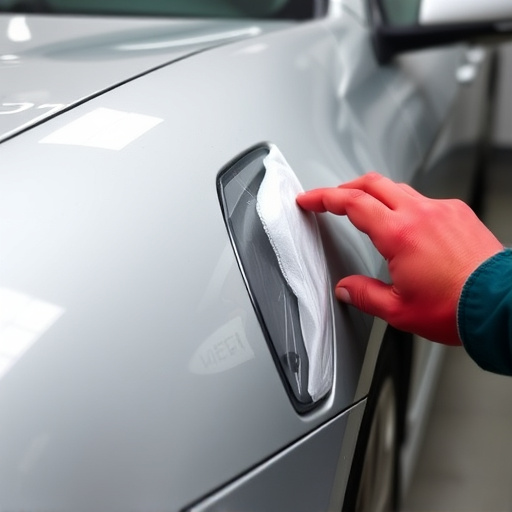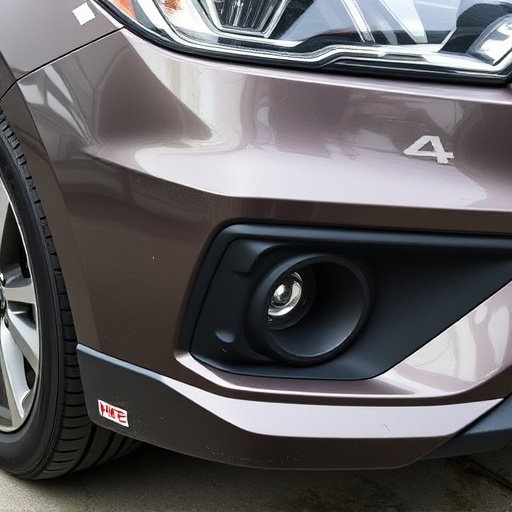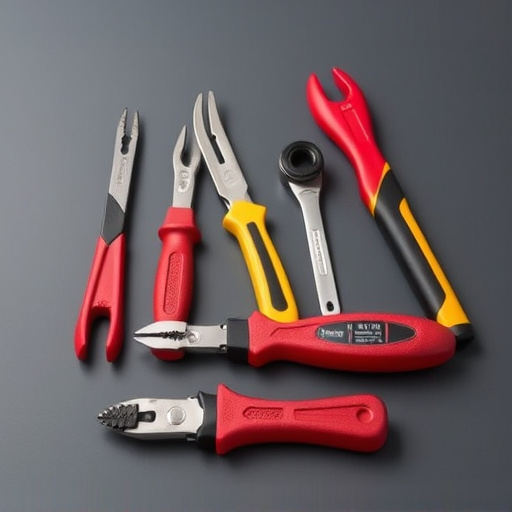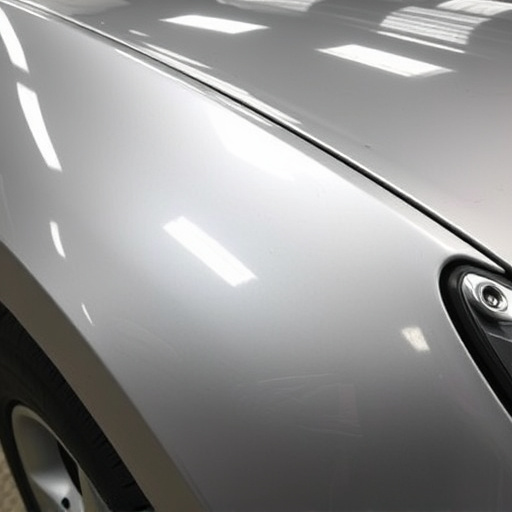TIG welding, while precise and versatile, faces challenges like arc collisions with surrounding materials, causing equipment damage, hazards, and fires. To overcome these obstacles, industries are adopting advanced TIG welding collision systems that use sensors, cameras, and software for real-time monitoring and control. These systems streamline processes, enhance productivity, reduce waste, and improve quality standards in automotive repair services and auto dent repairs, making them essential assets in modern industrial settings.
In today’s advanced manufacturing landscape, TIG welding has emerged as a versatile and precise technique across various industries. However, the intricate nature of TIG welding presents unique challenges, especially in complex fabrication processes. To address these hurdles, there’s a growing demand for cutting-edge TIG welding collision systems. These systems not only enhance safety but also optimize productivity by detecting potential collisions before they occur. This article explores the rise in demand, benefits, and future prospects of implementing TIG welding collision systems.
- Understanding TIG Welding and Its Unique Challenges
- The Rise in Demand for Advanced Collision Detection Systems
- Benefits and Future Prospects of Implementing TIG Welding Collision Systems
Understanding TIG Welding and Its Unique Challenges

TIG welding, or tungsten inert gas welding, is a specialized technique used across various industries for its precision and versatility. It involves using a non-consumable electrode made of tungsten to join metal surfaces, creating strong and clean welds. However, this process presents unique challenges that require meticulous control and safety measures. One of the primary issues is the risk of collision between the welding arc and surrounding materials, which can lead to damaged equipment, hazardous situations, and even fires in industrial settings.
These collisions are often caused by factors such as irregular workpieces, human error, or the high-energy nature of the process. To mitigate these challenges, industries are increasingly demanding advanced TIG welding collision systems. These systems employ sensors, cameras, and sophisticated software to monitor and control the welding environment, ensuring safety and precision in even the most complex automotive repair services and auto dent repair scenarios. By integrating such technologies, manufacturers can streamline their processes, reduce downtime caused by accidents, and enhance overall productivity while adhering to the highest quality standards.
The Rise in Demand for Advanced Collision Detection Systems
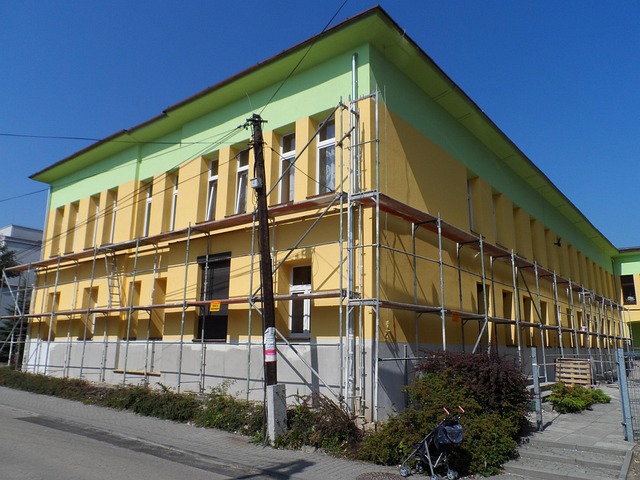
In today’s fast-paced industrial landscape, the need for efficient and precise welding processes has never been more critical. As industries strive for higher productivity and quality standards, the demand for advanced collision detection systems in TIG (Tungsten Inert Gas) welding is on the rise. TIG welding collision systems play a pivotal role in ensuring accurate and safe metal fabrication across various sectors, including automotive and vehicle body shops.
The integration of these sophisticated systems offers significant advantages over traditional methods. By employing sensors and advanced algorithms, TIG welding collision systems can detect and prevent obstacles, ensuring smooth operation and minimal waste during auto dent repair and vehicle body shop processes. This not only enhances the overall efficiency of vehicle repair services but also contributes to a safer working environment for technicians.
Benefits and Future Prospects of Implementing TIG Welding Collision Systems
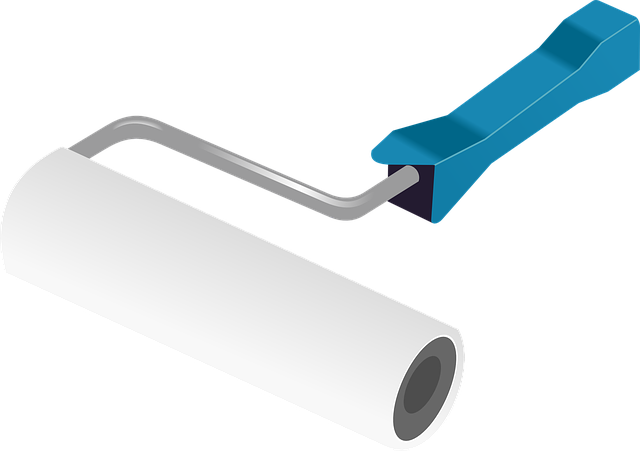
Implementing TIG (Tungsten Inert Gas) welding collision systems offers significant advantages for industries involved in metal fabrication and vehicle body repair, such as car paint services and dent repairs. These advanced systems streamline the welding process by automatically detecting and adjusting to collision courses, minimizing errors and ensuring precise, consistent welds. This results in higher quality, more efficient production lines and reduced waste, directly impacting cost savings for businesses.
Looking ahead, the future prospects of TIG welding collision systems are promising, especially as industries continue to demand faster turnaround times and higher quality standards. These systems can also facilitate the adoption of new, innovative welding techniques and materials, further enhancing the capabilities of car dent repair and vehicle body repair processes. With ongoing technological advancements, we can expect improved system integration, enhanced user interfaces, and greater automation, making TIG welding collision systems an indispensable asset in modern industrial settings.
The increasing complexity and precision requirements in industrial manufacturing have driven the demand for advanced TIG welding collision systems. These systems not only enhance productivity by minimizing errors and scrap but also contribute to safer work environments. As the need for high-quality, reliable welds continues to grow, investment in robust TIG welding collision detection technologies will remain a strategic priority for industries worldwide.
